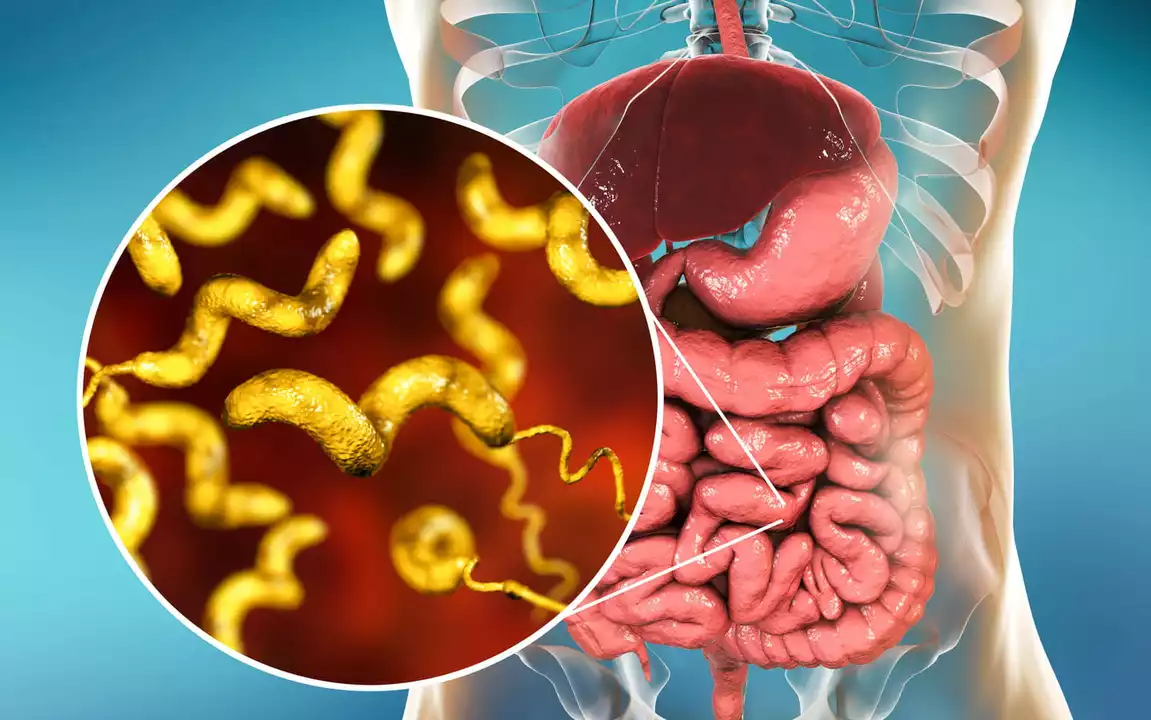Food Allergies: Practical Tips to Recognize and Stay Safe
About 1 in 13 kids has a food allergy, and adults can develop them too. If you or someone you care for reacts to food, you want quick, useful guidance — not long theory. This page gives small, practical steps: how to spot an allergy, what to carry, safe habits, and when to see an allergist.
How to spot a food allergy
An allergic reaction usually happens minutes to a couple of hours after eating. Watch for hives, swelling (especially around the face or throat), trouble breathing, wheezing, sudden vomiting, or fainting. Those signs can point to anaphylaxis — a life-threatening reaction that needs immediate treatment.
Not every stomach upset is an allergy. Food intolerance (like lactose intolerance) causes bloating or diarrhea but not hives, swelling, or breathing problems. If symptoms involve the skin, lungs, or blood pressure, treat it as an allergy until a doctor says otherwise.
Everyday safety: labels, cross-contact, and emergency plans
Reading labels is your first line of defense. Look for clear ingredient lists and warnings like "may contain" or "made in a facility that also processes." Those warnings matter: even tiny traces can trigger reactions in sensitive people.
Cross-contact is a big hidden risk. Shared fryers, cutting boards, and utensils can transfer allergens. At restaurants, tell staff about the allergy and ask them to use clean pans and utensils. A short script helps: "I have a severe allergy to [peanut]. Can you ensure no cross-contact and tell me what’s safe?" If staff seem unsure, pick a safer option or skip the dish.
Carry prescribed emergency meds every time you leave home. That usually means an epinephrine auto‑injector for anyone at risk of anaphylaxis and an antihistamine for milder reactions. Know how to use the injector — practice with a trainer before you need it. Wear a medical ID bracelet if you have a serious allergy; it speeds care in emergencies.
Make an action plan and share it with family, school staff, or travel companions. The plan should list common symptoms, when to give epinephrine, and emergency contacts. Update it after any reaction or change in prescriptions.
Testing and follow-up matter. An allergist can do skin tests, blood tests, or supervised oral food challenges to confirm what triggers reactions. Don’t try to guess on your own — skipping foods unnecessarily can hurt nutrition and quality of life. If tests show a true allergy, ask about long-term options like monitored reintroduction or immunotherapy where appropriate.
Traveling or eating out? Pack extra meds, carry allergy cards in local language when abroad, and plan where to get emergency care near your hotel. For kids, teach teachers and caregivers how to recognize reactions and use an auto‑injector.
If you want specific help — like how to read labels for hidden ingredients, or how medications interact with allergies — check our site or talk to your healthcare provider. Practical steps and a clear plan make day-to-day life much safer and less stressful.

